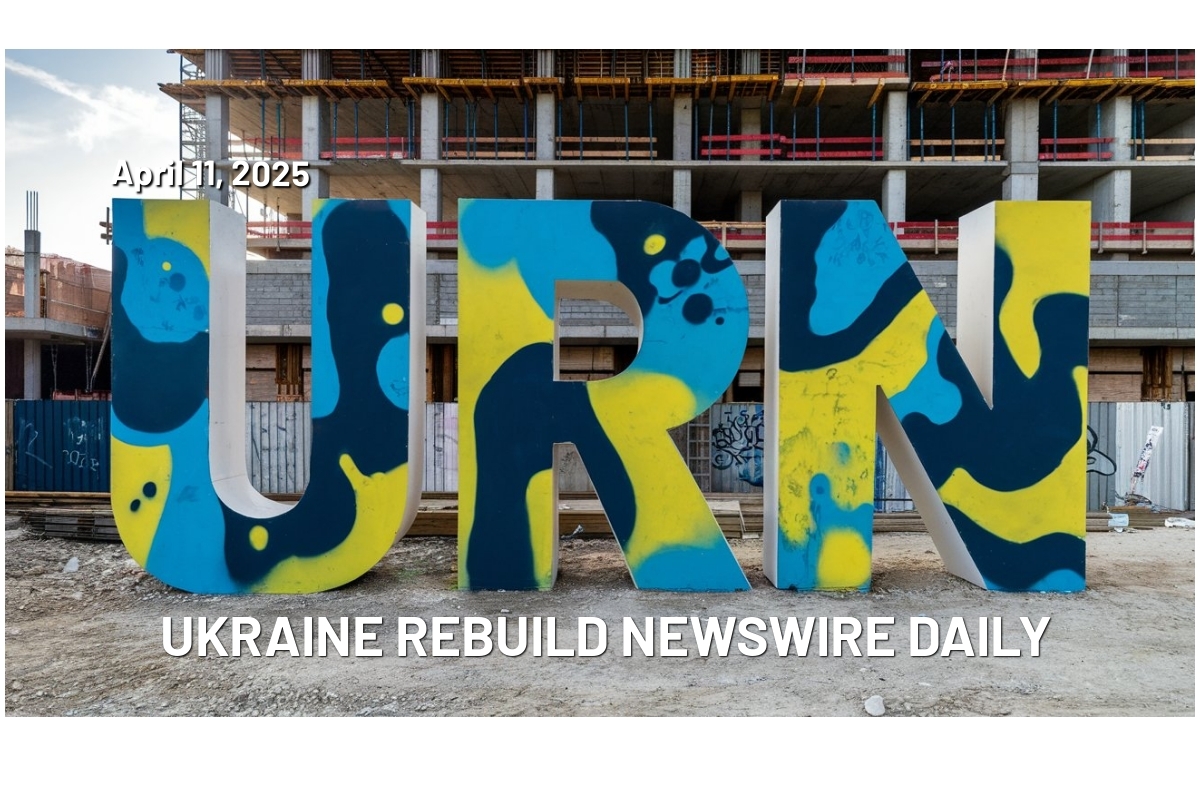(Kingspan details its €280 million investment in Ukraine, for the first time, in a URN Exclusive out today. In this Behind the Scenes sidebar report, Kingspan alerts URN subscribers to the many opportunities the investment could open up, and offers a look at the challenges behind the move.)
Although Kingspan's planned seven-factory campus in Ukraine will likely play an important role in rebuilding the country, its preparation began long before the full-scale Russian invasion of February of 2022.
Now at the start of 2024, the company finds itself battling challenges such as an underdeveloped transport system, a dearth of insurance options and the uncertainties of geopolitics as it races to finish its project on time to help repair the hundreds of billions of euros worth of damage inflicted by the ongoing war.
"The big question we have to be prepared to answer internally is 'are we prepared to go ahead while war is still going on,'" Mike Stenson, who's managing Kingspan's investment in Ukraine, told Ukraine Rebuild Newswire. "If it was today, we would crack on and move on. We’ll have to take stock of it with our shareholders and the board. As of today we are going full-steam ahead to meet" a deadline of production starting in the first half of 2026.
Land
One of the main challenges the company has faced since announcing the investment has been finding a large enough parcel of land in the Lviv region that is adequately connected to utilities, Stenson said.
"I would recommend to the industrial authorities that if they want to bring more foreign investment in that they should probably do something better in the area of electricity provision to land that may be suitable for industrial use,” he said. "The availability of land suitable for industrial development together with utilities provided has been a challenge for us."
Government help
He said the Ukrainian investment promotion agency UkraineInvest, under outgoing CEO Sergiy Tsivkach, has been key to the progress Kingspan has made in settling in Ukraine, and the company is now looking for some government help with the provision of utilities, some power, road, water and perhaps rail connections to the 50-hectare plot of land outside Lviv.
War-risk insurance
The company has talked to the US International Development Finance Corporation (DFC) and the World Bank-associated Multilateral Investment Guarantee Agency (MIGA) as it considers taking insurance against the risks of war.
“We’re considering it but we’ve taken no decision as to whether we will use it or not," Stenson said. "We’ve talked to the DFC and MIGA, we’ve gotten a quotation from them and we know what the value is. We just haven’t decided. We’ll make that decision come next summer."
Key to that decision, of course, will be the state of the war when construction starts.
Partners
Kingspan is in talks with three or four companies to help power its manufacturing campus solely off of wind and solar power, and is working with local professionals in finance, engineering, law and other areas.
AVR Development, one of Ukraine's largest engineering firms, is helping Kingspan design the seven-factory manufacturing campus while Austria's Delta Group is leading with the project management.
The opportunities
The wealth of opportunity in Ukraine is equaled only by its risks.
Stenson, an old Eastern Europe hand, compares today's Ukraine with the Poland of 1990. Anyone who has witnessed the dramatic transformation of Poland and many other Eastern European nations over the last 30 years knows the breadth and depth of the opportunity that awaits investors in Ukraine. But they must never ignore the risks - war, corruption, inefficiency, resource bottlenecks and more.
“If you look at the number of businesses in all areas that are now in Poland that weren’t there in 1990 – I think that’s the size of the opportunity in Ukraine. Now, the government has to grab that opportunity - they need to make it a good place for people to work and a good place for companies to invest.”
What's still needed?
“We use lots of steel and a number of steel mills have been either damaged or are in the occupied areas. We’ve talked to a couple of companies who are in that space who could potentially be here.
"Then there's packaging material. If we can use non-plastic packaging - fantastic - but packaging will be a requirement. Who are the big packaging companies that are outside and could be there and should be there?
"Then there’s opportunities in chemistry. There’s opportunities in machine maintenance and machine service. The machines that we will bring in to build the products, for example – will they have dealers, will people locally want to set up and be the distributor for spare parts?
"Looking at other factories, there's even a need for value-added services like cutting, bending and shaping steel. Taking away waste steel. Taking away waste chemicals. Warehousing. Storage of steel. Storage of chemistry. Storage of finished goods. Distribution hubs for our materials."








